
When we travel, we take lots of pictures and try to create and save as many memories as possible. That’s why many people create personal blogs to share their travel experiences and, most importantly, keep them as a memory. However, they soon realize that managing a travel blog requires a lot of time and effort. That’s when the possibility of earning passive income from the blog becomes an extra motivation.
As someone experienced in affiliate marketing and SEO, I’ve always had a desire to explore the travel niche.
During my trip to Ecuador Mainland & Galapagos Islands in 2021, I made a decision to capture and document every aspect of my journey. This led me to create my very first travel blog, called MyTrip2Ecuador.
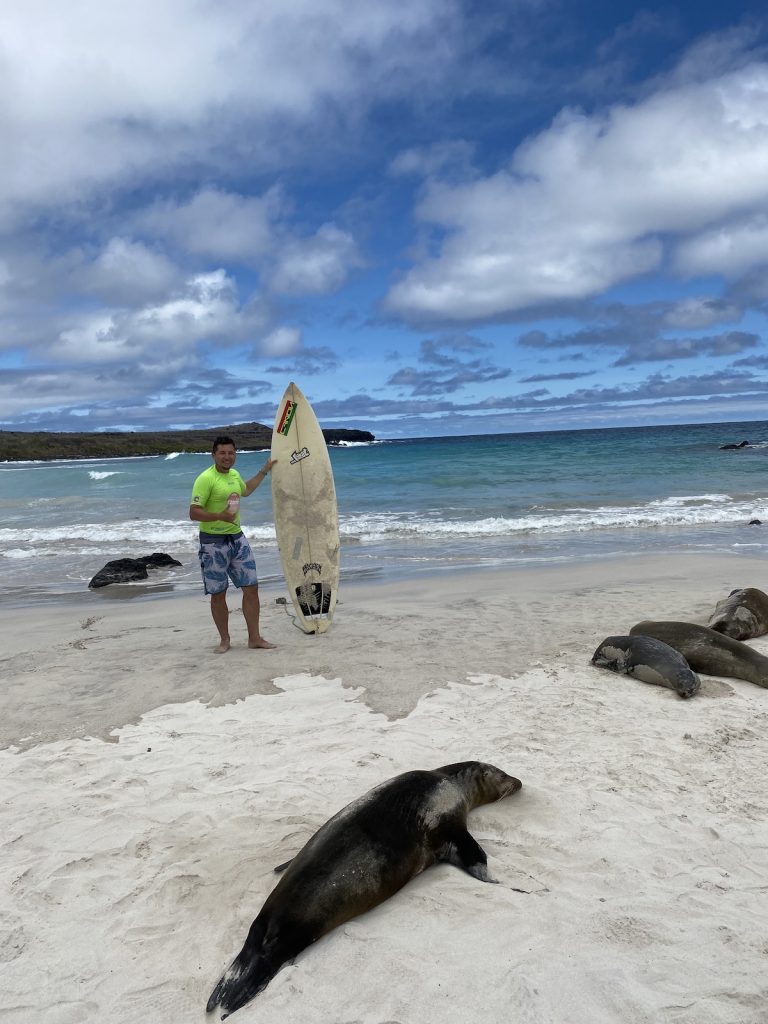
I was really excited to make a lot of money from my travel blog using my knowledge of SEO and affiliate marketing to attract visitors. However, I have to be honest and say that the travel niche has been the least profitable compared to my other endeavors. Unfortunately, many travel affiliate products or services do not perform well in terms of conversion rates for many reasons.
Nevertheless, I still see a travel blog as a fantastic opportunity to preserve your memories and potentially generate some passive income along the way.
Just to give you an idea, my blog about Ecuador gets around 12,000 visitors every month, and I earn about $400 each month at this point. If you want to make a significant income from your travel website, you need to aim for at least 100,000 monthly visitors.
After analyzing more than 20 highly profitable travel websites listed on Empire Flippers (that make over $3000 per month), I have gained valuable insights on how you can maximize the potential of your travel blog. Let’s dive right in and explore the strategies for success.
1. Use Display Ad Networks for Bloggers
To my surprise, using simple display ad networks has proven to be the most effective method of earning money from travel blogs. All you need to do is sign up with any ad network and start placing their ads on your blog using a simple piece of code. Managing the ads is incredibly easy, requiring minimal effort on your part.
Google Adsense
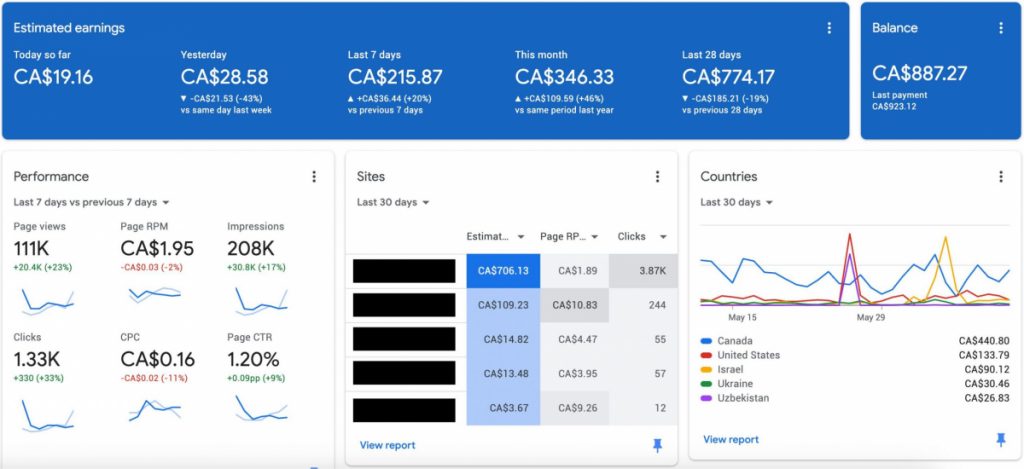
Many new bloggers begin by using Google Adsense, which is a popular choice. However, it’s important to note that Google Adsense may not generate as much revenue compared to other ad networks. As an example, when I experimented with Google Adsense on my travel website about Ecuador, the average RPM (revenue per thousand impressions) was disappointingly low, ranging from $2 to $4. Please remember this number as a point of reference. However, it worths mentioning that for other niches it could be higher.
Therefore, I recommend considering alternative ad networks based on the number of visitors to your website:
Ezoic
If you’re just starting your travel blog (or your traffic is less than 40000 visitors per month), I recommend using Ezoic as the best ad network. The great thing about Ezoic is that it doesn’t require a minimum amount of traffic. They offer different plans for beginners and established websites, making it a flexible choice for new bloggers.
In the travel niche, the average RPM (revenue per thousand impressions) with Ezoic typically falls within the range of $10 to $20. This means that for every thousand impressions on your website, you can expect to earn around that amount.
When I switched from Google Adsense to Ezoic, my revenue increased by 5 times. It was a really good decision that significantly improved my earnings.
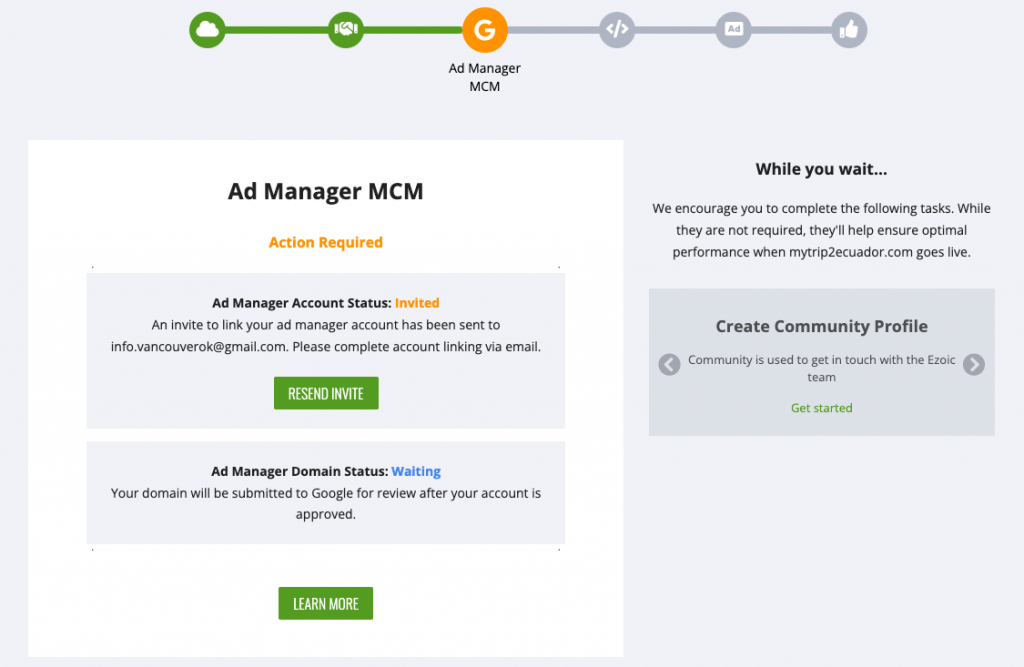
To get started with Ezoic, all you have to do is sign up with them, submit your website, and follow a few simple instructions provided by Ezoic. Once these steps are completed, managing ads becomes effortless with their user-friendly panel.
While Ezoic is a good choice for travel websites with lower traffic, it’s worth noting that there are better ad networks available in terms of RPM (revenue per thousand impressions) if you have higher traffic.
Mediavine & Raptive (former AdThrive)

These two networks are often considered among the top choices for generating significant revenue. Many webmasters engage in debates about which one is better and brings in more money.
When I looked at successful travel websites being sold online, I found that 90% of the owners used Mediavine. They praised Mediavine for its suitability in the travel niche, mentioning that it offers many relevant ads with high RPM (revenue per thousand impressions).
However, I always recommend testing both ad networks to determine which one works best for you and generates higher revenue for your travel website. It’s important to experiment and see which option suits your specific needs and goals.
On these ad networks, RPMs typically range between $20 and $50, which is remarkable and aligns well with my analysis.
However, it’s important to note that both Raptive and Mediavine have stringent traffic requirements. Raptive requires a minimum of 100,000 pageviews per month, while Mediavine requests at least 50,000 sessions in the previous 30 days (as per Google Analytics). It’s worth mentioning that Raptive may occasionally make exceptions and accept websites with lower traffic, whereas Mediavine tends to have stricter criteria.
Right now, my main aim is to meet the criteria set by Mediavine. It’s clear to me that Mediavine brings in the highest profits for travel websites. If you decide to use any of those, I would greatly appreciate it if you could use my referral link to sign up with Adthrive or Mediavine.
2. Affiliate Programs
You can also make money from your travel website by promoting affiliate products or services. This involves recommending specific hotels, flights, tours, car rentals, or other items to your audience. By sharing your affiliate link, you can earn a commission whenever someone makes a purchase using that link.
But how can you obtain these affiliate links, and what kind of commissions can you expect? This is where things become intriguing in the travel niche.
Use Travel Payouts or Direct Affiliate Partnerships for Your Travel Website
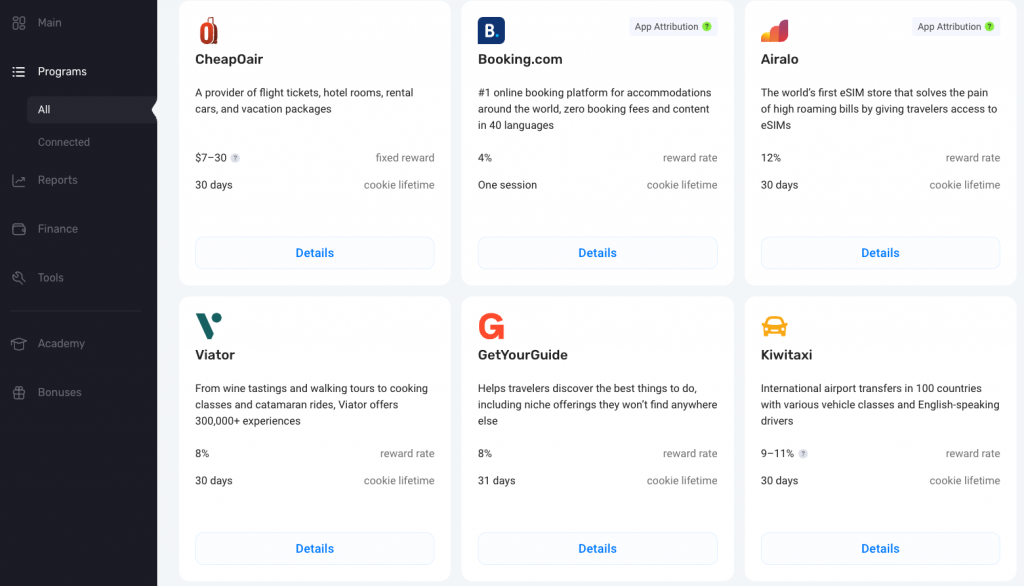
TravelPayouts is a digital partnership platform specifically designed for the travel industry. It brings together a wide range of travel affiliate programs that you can directly apply for and join.
Simply put, TravelPayouts serves as a middleman between you and other affiliate programs like Booking or Expedia. It acts as a bridge, making it easier for you to connect and partner with various affiliate programs through a single platform.
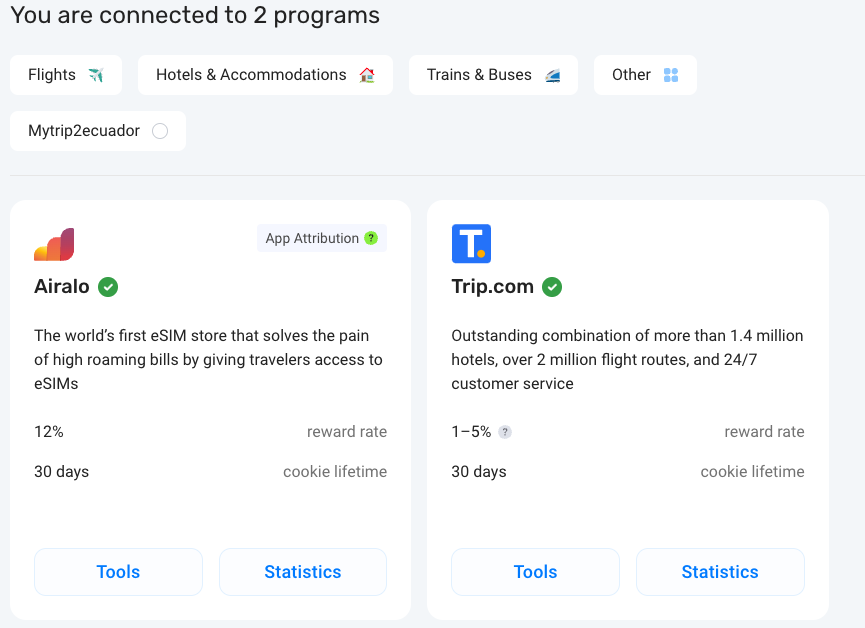
Before, I only worked directly with affiliate partnerships, and I hesitated to use TravelPayouts for more than a year. The reason was that Travel Payouts takes a small commission on the transactions you generate. I wondered why I should share a portion of my earnings with them.
However, building direct relationships in the travel industry can be tough. When working with big travel brands and corporations, it can be a struggle to communicate, get approval, and deal with their affiliate platforms. Some of these platforms are difficult to use and may have technical issues. Moreover, certain links can be deactivated without any notice, leaving you unaware of the change as a result, you lose your earnings.
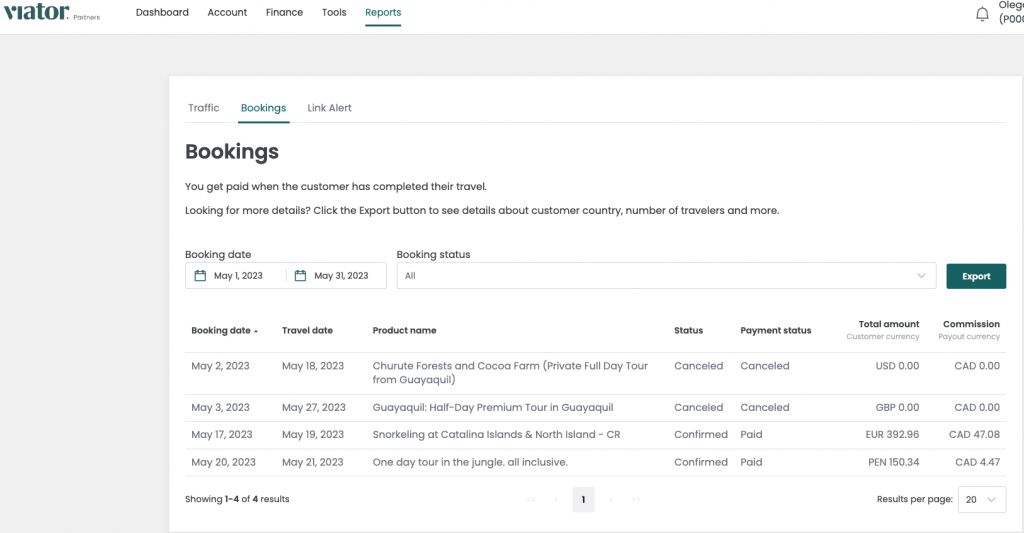
Not to mention, some of them can be problematic when it comes to payouts.
Despite all the challenges and additional effort I took on, I remained confident because I believed I could earn the highest commissions. That’s what I thought, and eventually, I made the decision to give travel payouts a try.
To my surprise, I discovered that with TravelPayouts, I could obtain the same or even better commission rates compared to the majority of affiliate programs I previously used.
What’s more, TravelPayouts offers longer cookie durations, providing an extended window of opportunity for earning commissions to some affiliate programs.
I’m not entirely sure how they achieve this, but I believe it’s because TravelPayouts generates significant revenue for all the affiliate programs they work with. As a result, merchants often increase their default commission rates, leading to even better rewards for affiliates. It truly becomes a win-win situation for everyone involved.
Lastly, I cannot stress enough how convenient it is to have all major travel affiliate programs consolidated under a single platform that centralizes payouts in one place.
Eventually, 75% of my affiliate earrings are coming from TravelPayouts however I still keep a few direct ones that TravelPayouts do not have.
How Can I Find the Best Direct Affiliate Partnerships?
The answer is simple: examine the websites you are competing with and see what affiliate programs they are using. They have likely put in a lot of effort to determine what works best for their travel destination, geographic region, type of content, and more.
What Products and Services Have the Best/Worst Conversions in the Travel Niche?
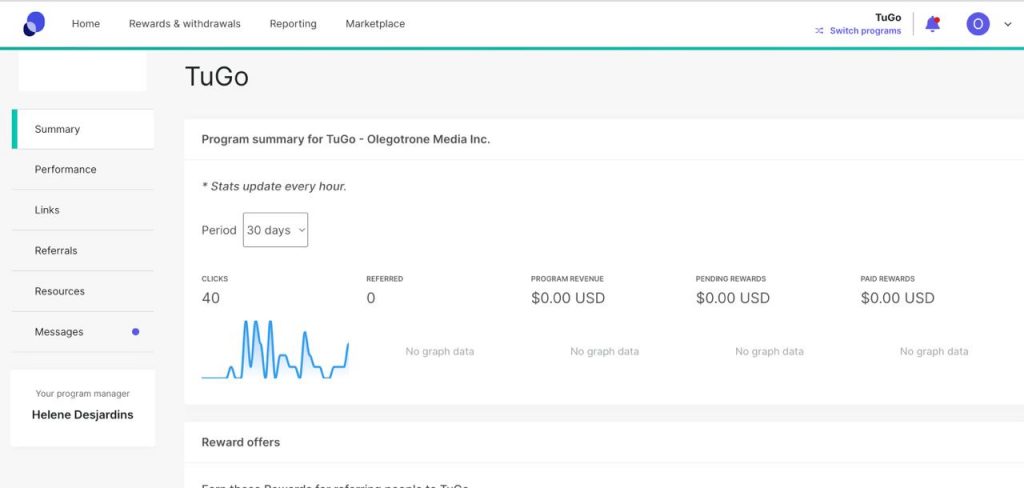
As previously mentioned, conversion rates in the travel niche tend to be relatively low. Travel products are not typically impulsive purchases at a low price point like $200; they often involve higher expenses, and various factors come into play when people research travel-related products and services.
Still, I would like to share my findings on which products and services tend to have the best and worst conversion rates in the travel niche.
Best:
- Referring to website aggregators that compare different travel packages, such as Trip.com or Kayak.
- Promoting tours through platforms like Viator or TripAdvisor (additional effort may be required to convince readers to book tours in advance and online).
- Recommending hotels/hostels through aggregators (avoid specific recommendations but encourage readers to explore unique hotels with a 30-day cookie duration).
Worst:
- Airline tickets (only 2 sales in 365 days with relatively low commission).
- Travel insurance (despite featuring various companies for over a year, no sales were generated).
- Hotels/hostels booked through official websites (0 sales despite 2000 clicks, as people tend not to book directly through the hotel’s website).
3. Monetize Your Travel Blog By Referring to Banking Products
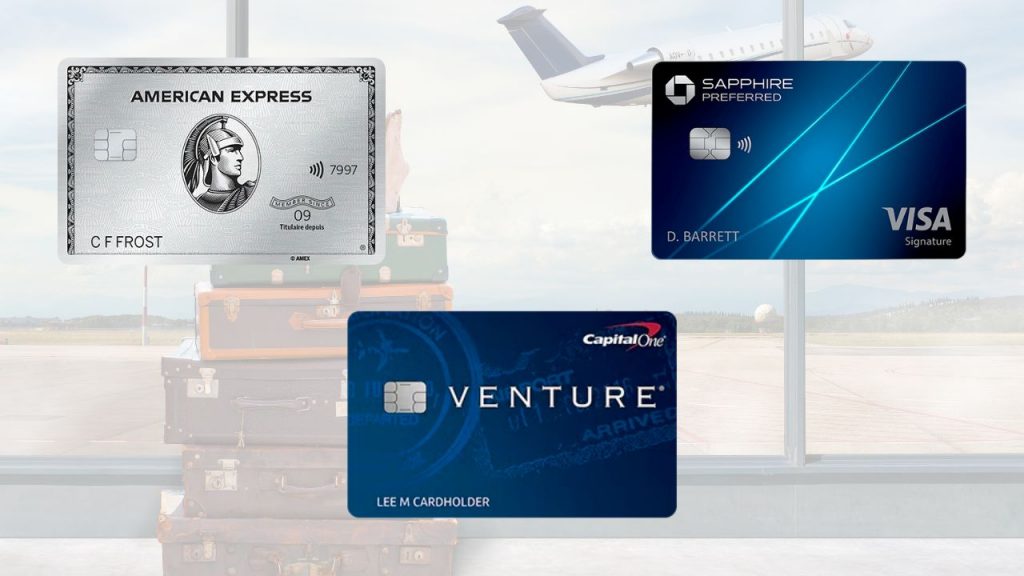
To my surprise, I found that this method has proven to be profitable for creators of certain travel blogs. However, it’s worth noting that these successful blogs tend to target a specific location, with a majority of their traffic coming from the United States.
There are numerous travel credit card options available (e.g. AMEX travel credit cards), and some of them offer attractive referral profits. Many travel creators often include a dedicated paragraph in almost every blog post, sharing how they save on flights to various destinations by utilizing these credit cards. It seems to be working.
This method is similar to affiliate marketing, but it will most likely require you to collaborate directly with financial institutions. I am currently exploring this approach to determine if it can be successful for my travel blog (62% of my traffic is from the US).
It’s important to keep in mind that banks often change their referral bonuses, so it’s not wise to rely solely on this method of monetization for long-term sustainability.
4. Publish Sponsored Content and Engage in Direct Collaborations with Websites/Brands
It’s quite straightforward. I often receive inquiries from brands that want to be featured in specific articles. However, I find it more effective to proactively reach out and offer sponsored placements in my travel blog posts. Taking the initiative allows me to have better control over the partnerships and ensure they align well with the content on my blog.
If you travel blog is about outdoor adventures, you can collaborate with specific brands for hiking boots or tents for a fixed price.
5. Sell Your Own Products/Services
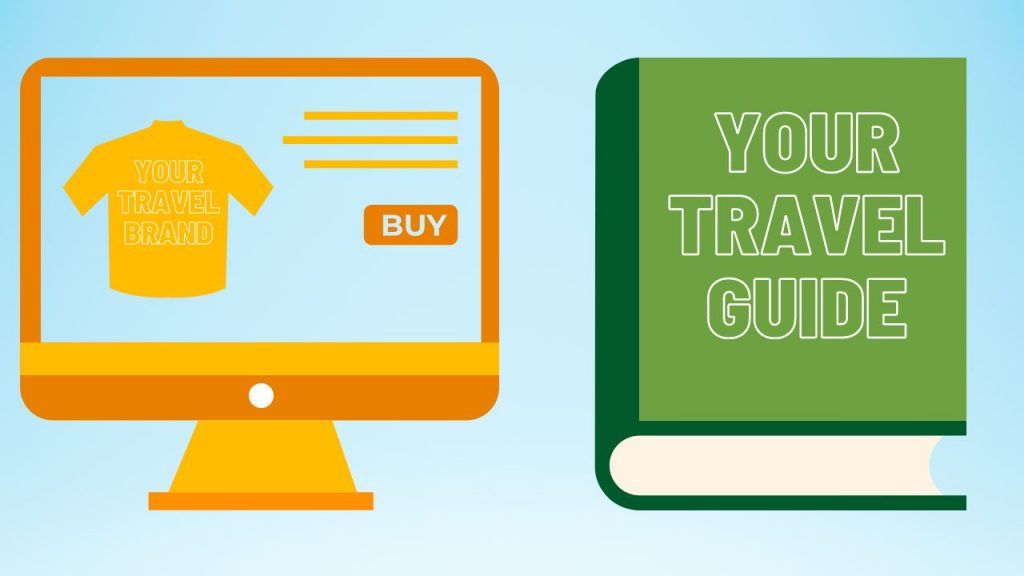
In some cases, travel bloggers opt to sell their own products as an additional way to monetize their websites. These products often include travel guides featuring hidden gems or valuable travel books filled with helpful tips.
Furthermore, some bloggers sell informational products and courses. For instance, if you are a digital nomad living in Bali, you might offer a digital course on relocating to Bali, covering topics like the best visas, ideal areas to stay, and things to avoid.
Additionally, I have come across successful travel blogs that sell their own merchandise using print-on-demand services like Printful. This approach involves uploading your designs, and the company handles the printing, delivery, and profit sharing.
However, it is important to note that selling your own products should be considered as an additional method of monetization rather than the primary one for your travel blog.
6. Ask Visitors To Support Your Travel Blog With Donation
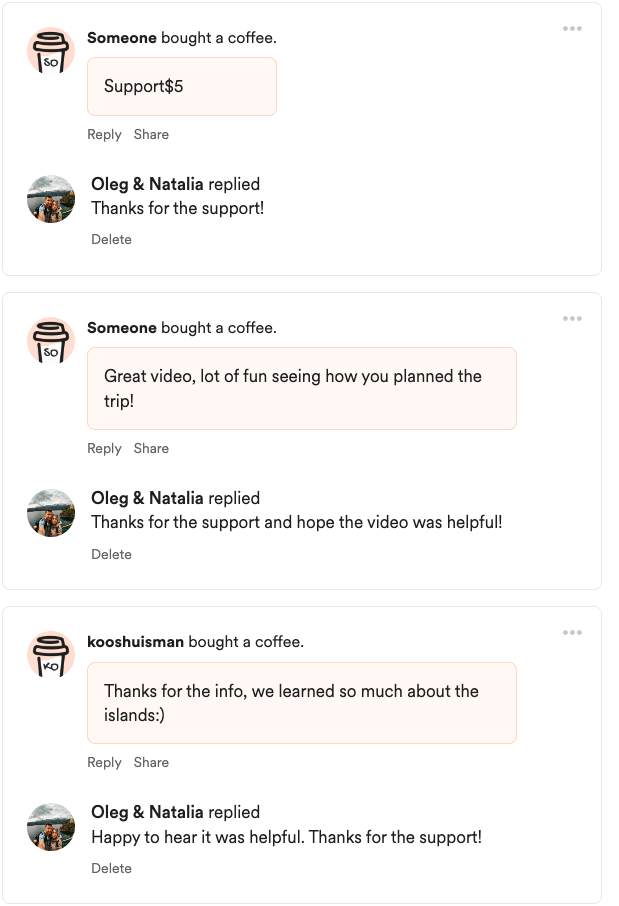
If your main goal is to share authentic travel experiences and you prefer not to engage with affiliate programs, you have the option to directly ask your visitors for donations. Platforms such as PayPal or services like BuyMeACoffee provide convenient means for accepting donations from your supportive audience.
I often encourage my visitors to support me by buying me a coffee if they find my information useful, and it warms my heart when I receive such kind donations.
Conclusion
Monetizing a travel blog may initially seem challenging, but it is not overly complicated. Many bloggers opt for ad networks that are known to perform well with travel websites. If you want to save your time with affiliate programs, simply try TravelPayouts and see if such monetization works for your website.
Selling specific services or products can be more difficult since readers often view travel blogs as valuable sources of information during their destination research. Therefore, my primary focus will be on increasing traffic to my travel blog, which in turn will boost revenue through ad networks.
In the past, I came across numerous articles on how to monetize travel blogs, but I found that most of them contained vague recommendations and lacked concrete details. In contrast, in my blog post, I have utilized my expertise, conducted tests, and drawn from real travel website to provide you with valuable insights on maximizing your blog’s earning potential.
I firmly believe that the information I have gathered is one of the top resources available on this topic, offering practical and actionable advice.
Oh, and by the way, if this article has given you clear answers on how to monetize your travel blog, I would really appreciate it if you could use the referral links provided or maybe even consider buying me a coffee. It’s a small gesture that goes a long way in supporting the work I do. Thank you!
